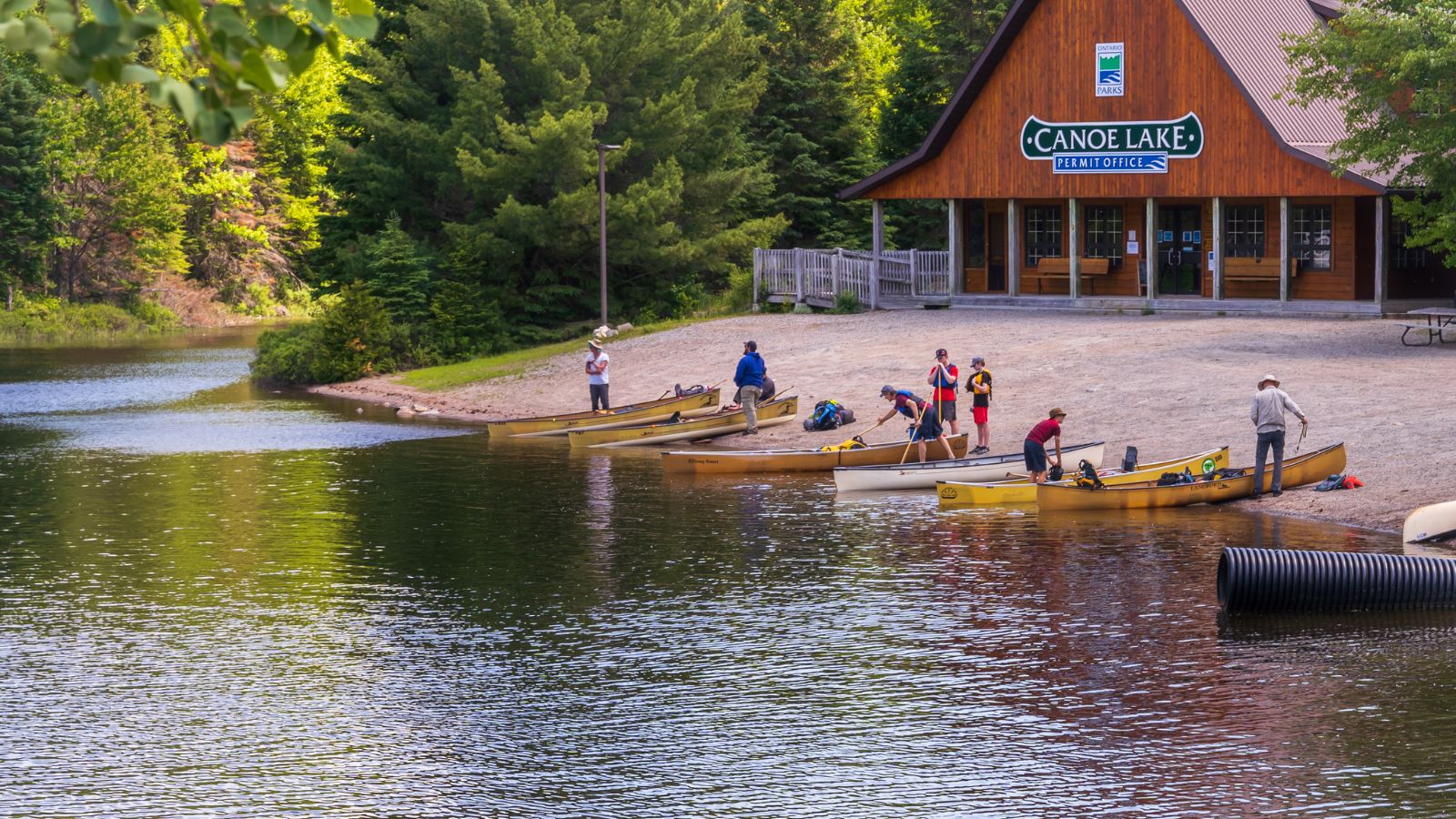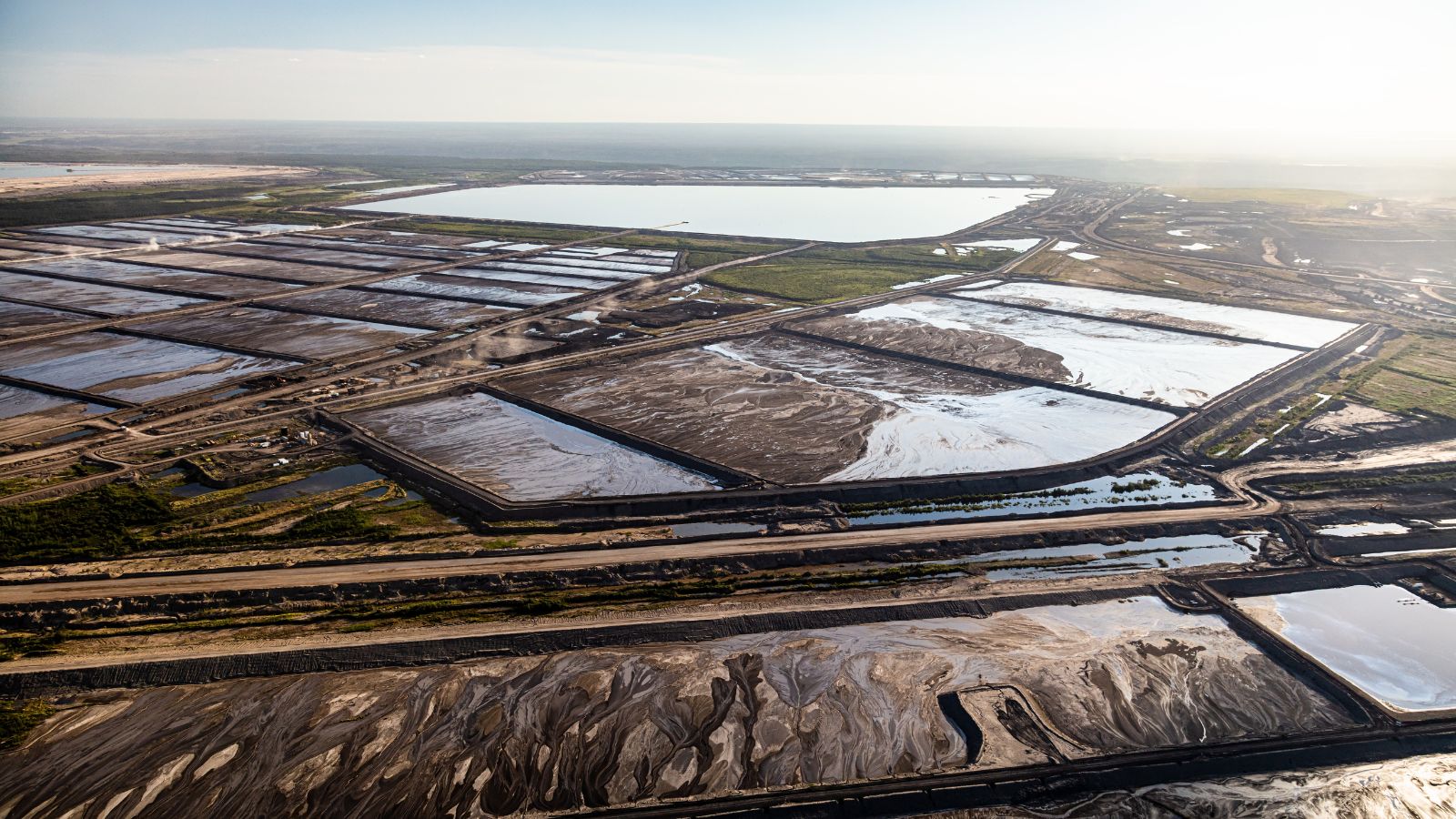Many developments that shape daily life in the U.S. trace back to Canadian breakthroughs in technology, health, transportation, communications, and resource management. The list is longer than most people assume, especially since several of these advancements operate in the background of major U.S. industries. Here are 20 Canadian innovations that the United States now relies on.
Insulin Production Techniques

The discovery of insulin in Toronto altered the course of diabetes treatment worldwide. The methods developed by Frederick Banting, Charles Best, and their team continue to guide insulin manufacturing standards used in the U.S. today. Pharmaceutical companies rely on refined extraction and synthesis approaches that originated from the early Canadian research model, which emphasized purity, stability, and scalable production. These foundational processes shaped global regulatory benchmarks for insulin quality and safety. As diabetes remains a major health concern in the United States, dependable access to insulin made through principles first tested in Canada has become essential for millions of Americans managing the condition daily.
Canadarm Robotics Systems

Robotic systems designed for NASA’s space missions have strong Canadian origins, beginning with the Canadarm used on the Space Shuttle program. The technology introduced a new level of precision in handling satellites, repairing equipment, and assisting astronauts during missions. Its successors, including Canadarm2, remain indispensable elements of the International Space Station’s operations and continue functioning as core components of NASA’s operational plans. These robotic arms assist in spacecraft docking, cargo movement, and maintenance tasks that require dependable mechanical accuracy. The U.S. still depends on Canada’s engineering expertise in this field, particularly in robotic autonomy and failure-resistant designs needed for long-duration missions.
IMAX Filming Technology

IMAX originated in Canada before becoming a global standard for large-format cinema in the United States. The system’s unique camera construction, advanced projection methods, and emphasis on large-scale visual detail made it an essential tool for American filmmakers. Major Hollywood studios rely on IMAX technology for blockbusters, scientific documentaries, and educational productions. The U.S. market became one of the strongest adopters of the format because of its ability to transform visual storytelling with higher resolution and immersive screen sizes. The technology continues evolving through Canadian research teams that refine camera mechanics, laser projection systems, and image stability methods used in theatres across the U.S.
Quantum Computing Research from Waterloo

The University of Waterloo’s long-standing leadership in quantum computing influences how American laboratories structure their own research. The Perimeter Institute and the Institute for Quantum Computing have produced frameworks that U.S. researchers apply when building more stable qubits, designing error-correction models, and developing secure quantum communication channels. Several American companies collaborate with Canadian researchers because of the mathematical models and algorithms initially tested in Waterloo. These innovations play a vital role in national security, advanced computing, and next-generation encryption systems in the U.S. The continued reliance on Canadian quantum breakthroughs reflects the importance of multi-country knowledge exchange in growing this complex field.
GPS Flight-Path Optimization Software

Air traffic efficiency across the United States benefits from software developed by Nav Canada, the country’s air navigation service provider. Their tools help airlines calculate fuel-saving flight paths, reduce delays, and improve safety during high-traffic periods. Several U.S. aviation systems use the same optimization models because they integrate smoothly with American airspace protocols. These systems analyze real-time weather data, aircraft performance, and air traffic conditions to recommend safer and more efficient routes. Airlines in the U.S. depend on these insights to reduce operational costs and improve scheduling reliability. The influence of Canadian engineering in flight management continues to shape aviation practices across North America.
Electric Wheelchair Innovation

The world’s first practical electric wheelchair was created by Canadian inventor George Klein. His design principles still guide companies manufacturing mobility devices in the United States. Features that seem standard today, such as joystick navigation, customizable seating systems, and motorized control mechanisms, stem from his early prototypes. Modern American rehabilitation centers base much of their mobility technology on expanded versions of Klein’s work. This innovation improves accessibility for thousands of U.S. users who rely on stable, easy-to-control mobility solutions for daily independence. Klein’s engineering achievements laid a foundation that continues to influence how American companies design inclusive medical devices.
Blackberry Cybersecurity Contributions

BlackBerry’s transition from hardware to cybersecurity positioned the company as a key partner for U.S. organizations. Its encrypted communications systems are still used by government institutions, corporations, and infrastructure operators across the United States. The company’s artificial intelligence tools detect digital threats in real time, helping safeguard sensitive networks against evolving attacks. Many American agencies still rely on BlackBerry software for secure messaging and device management because of its strong reputation for reliability. The company’s Canadian research teams continue to develop predictive cybersecurity systems that integrate with American defense and enterprise technologies.
Zamboni Ice Resurfacing Standards

Although the Zamboni brand is American, many of the innovations improving ice resurfacing efficiency were shaped by research and engineering work conducted in Canada, where hockey culture drove continuous refinement of the machine. The techniques used to maintain rink temperature balance, ice thickness consistency, and resurfacing speed spread to U.S. arenas through cross-border knowledge exchange. NHL teams in the United States apply maintenance methods originally popularized in Canadian facilities. These strategies help arenas extend rink longevity, manage energy use, and achieve smooth ice conditions for professional games. The resulting standards influence how American rinks operate at both professional and recreational levels.
Fiberglass Canoe Manufacturing Techniques

Modern canoe production in the United States reflects techniques originally refined in Canada, where the shift from traditional wooden designs to fiberglass construction reshaped the outdoor recreation industry. Canadian manufacturers pioneered lighter hulls, improved molding processes, and stronger resin mixtures that increased durability. These innovations spread quickly to American outdoor brands seeking reliable, cost-effective production methods. The U.S. market embraced these manufacturing upgrades because they enhanced performance for recreational and competitive paddlers. Many American companies continue using Canadian-influenced production standards, especially in material layering, hull shaping, and weight-distribution methods.
Snowplow Engineering for Extreme Weather

Snow management across northern U.S. states depends heavily on snowplow technology developed in Canada. Engineers designed adjustable blade systems, salt-distribution controls, and reinforced plow frames that handle harsh conditions. American cities facing heavy winter storms adopted these innovations because they improved clearing speed, reduced road damage, and minimized operational downtime. Many U.S. transportation departments rely on plow designs inspired by Canadian testing, especially those that perform well on uneven roads and varied snow densities. This shared knowledge contributes to safer winter infrastructure across regions like Michigan, Minnesota, New York, and Maine, where dependable snow clearing supports travel and commerce.
Green Building Standards Influenced by Canadian Research

The U.S. construction industry integrates sustainability models shaped by Canadian building research. Techniques such as airtight home design, advanced insulation systems, and cold-climate heat pump strategies were refined through Canadian environmental studies. These practices influenced energy-efficiency programs across the United States, especially in states with harsh winters. American developers now incorporate similar design principles to reduce heating costs, improve indoor comfort, and limit environmental footprint. The Passive House and Net Zero building movements drew substantial insight from Canadian findings on moisture control, thermal performance, and ventilation. This cross-border influence continues shaping high-performance building standards adopted by U.S. architects.
Oil Sands Extraction Technology

The methods used to extract bitumen from oil sands were perfected in Canada before becoming useful reference points for American energy producers. Techniques involving steam-assisted gravity drainage, emissions reduction systems, and upgrading processes helped companies understand how to manage complex extraction environments. These innovations influenced the development of similar operations in parts of the United States, where unconventional oil resources require advanced technology. American researchers collaborate with Canadian engineers to improve efficiency, environmental safeguards, and long-term viability of extraction projects. The shared expertise provides foundational knowledge that supports responsible energy development across both countries.
Life-Saving Naval Sonar Technology

Canadian naval research played a major role in developing sonar systems now used widely by the U.S. Navy. Innovations in underwater detection, low-frequency acoustics, and anti-submarine technology provided American forces with more accurate tools for ocean monitoring. Canadian scientists contributed to designs that improved signal clarity while reducing equipment vulnerability in deep-sea conditions. These sonar advancements enhance maritime safety, protect naval fleets, and support search operations across U.S. waters. Ongoing cooperation between both countries ensures that these technologies evolve to meet modern security challenges. The U.S. continues relying on these contributions for effective submarine detection and coastal defense.
Open-Text Learning Platforms

Canadian-developed open-text platforms, including those supported by BCcampus, have influenced accessible education systems in the United States. These resources offer free or low-cost digital textbooks that benefit American colleges seeking affordable learning materials. U.S. educators use Canadian models for content licensing, digital distribution, and collaborative writing frameworks when creating their own open educational resources. The platforms help reduce financial barriers for students while encouraging academic innovation. American institutions depend on these systems to update courses more frequently, integrate multimedia learning tools, and expand subject coverage. The influence of Canadian open-text strategies strengthens educational accessibility across the U.S. landscape.
Telecom Fiber-Optic Advancements

Research conducted in Canadian laboratories helped develop fiber-optic systems now essential to U.S. telecommunications. Innovations in signal boosting, glass composition, and long-distance data transmission shaped how American providers structure their network infrastructure. These discoveries allow major carriers in the U.S. to deliver faster internet speeds and more reliable connectivity across vast regions. Companies continue implementing Canadian-influenced designs in undersea cables, metropolitan networks, and rural broadband expansions. The reliance on these technologies demonstrates how strong research collaboration supports stable communication systems across North America. This foundation allows U.S. networks to scale efficiently as consumer demand increases.
AI Research Models from Montreal

Montreal’s artificial intelligence community has contributed significantly to machine learning models now used by U.S. companies. Groundbreaking work in deep learning, including research from Yoshua Bengio, shaped today’s neural network structures and training systems. American tech firms rely on these developments for image recognition, natural language processing, and automation tools. The influence extends to ethical frameworks guiding AI usage, which many U.S. institutions adopted after studying Canadian policy recommendations. These contributions support a wide range of American industries, including healthcare, finance, security, and transportation, where AI-driven systems require high levels of accuracy and reliability.
Sustainable Forestry Management Practices

Canadian forestry researchers pioneered sustainable logging frameworks that inspired U.S. Forest management policies. Their studies on ecosystem health, selective harvesting, and long-term regeneration influenced how American agencies balance economic goals with environmental protection. States with significant forestry operations apply Canadian models to monitor biodiversity, reduce wildfire risk, and maintain soil stability. Collaborative programs between both countries help ensure forests remain productive and resilient. These shared practices guide conservation groups, government planners, and timber companies across the U.S. as they work to protect forest resources while maintaining strong industry performance.
Hydrogen Fuel Cell Technology

Canadian companies, especially Ballard Power Systems, played a major role in advancing hydrogen fuel cell technology now used in the U.S. transportation and energy sectors. Their innovations improved cell durability, power density, and efficiency, making fuel cells more viable for commercial use. American transit agencies rely on these systems to operate zero-emission buses and backup power infrastructure. U.S. research labs collaborate with Canadian engineers to streamline fuel cell production and explore new applications for industrial operations. These developments contribute to cleaner energy solutions across the United States as the country expands its hydrogen-related initiatives.
Disaster Early-Warning Frameworks

Emergency-management agencies in the United States use methods influenced by Canadian early-warning frameworks. These systems analyze environmental data to detect wildfire risks, flooding threats, and severe weather patterns. Canadian research emphasized rapid communication protocols and community preparedness strategies that American states later integrated into their own disaster-planning models. These tools help local governments issue timely alerts, reduce response delays, and minimize damage during emergencies. The consistent exchange of information between both countries ensures that new threats are assessed quickly. This collaboration supports safer communities across the U.S. during increasingly unpredictable climate events.
Agricultural Cold-Climate Crop Research

Cold-climate crop studies from Canadian research centers have shaped agricultural strategies across several northern U.S. states. These discoveries include hardier wheat varieties, improved canola hybrids, and cultivation approaches that protect crops from temperature swings. American farmers adopt many of these methods because they strengthen yields and reduce economic losses during challenging seasons. The research also supports soil-health initiatives, pest management, and drought adaptation practices. This cross-border influence helps U.S. agricultural regions remain productive despite changing climate conditions. Ongoing studies keep expanding the pool of knowledge available to American producers seeking resilient farming systems.
21 Products Canadians Should Stockpile Before Tariffs Hit

If trade tensions escalate between Canada and the U.S., everyday essentials can suddenly disappear or skyrocket in price. Products like pantry basics and tech must-haves that depend on are deeply tied to cross-border supply chains and are likely to face various kinds of disruptions
21 Products Canadians Should Stockpile Before Tariffs Hit
